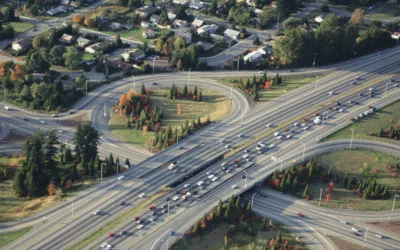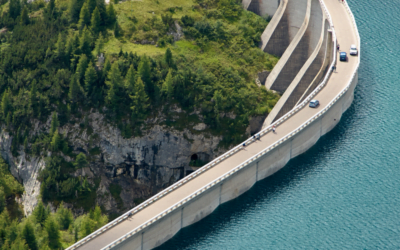The design and construction of Water Infrastructure forms an integral part of projects & developments within Civil Engineering and the Built Environment. Resilient water infrastructure delivers a vital service to mankind which puts extensive pressure on engineers to ensure that their designs fulfil their objectives in the most economical, practical, and sustainable ways possible. Still, engineers find that they experience a loss of work and contracts due to the inability to set out water reticulation and pipe analysis.
With the advancement in design & construction techniques, engineers are required to implement innovative, practical and intelligent based processes to ensure that projects are completed within time and budget. Whilst this has been maintained in most fields of specialization, water design & modelling still lags – with old, non-intelligent processes still being applied and adopted in the industry today. In this regard, engineers face several challenges relative to resilient, intelligently designed water infrastructure with most professionals setting out water infrastructure layouts using 2D polylines. This inability to intelligently set out water infrastructure or conduct insightful pipe analysis results in the loss of work or contracts due to time being wasted which leads to projects running over the scoped budget as well as delayed service provision/delivery.
To remedy the situation and save the water design industry from drowning in redundant processes, a positive embrace towards change and adoption of new technologies is required by all professionals involved. Technologies today allow for effective design layouts which can be represented by 2D & 3D means, allowing for more in-depth understanding and visualization, as well as enhanced infrastructure management. The benefits of intelligent 3D modelled designs results in streamlined water infrastructure operation and maintenance, as a Bill of Quantities (BoQ), pipe catalogues & other crucial metadata can be populated and derived from the design model. This makes the upkeep and functioning of infrastructure that much more systematic to maintain.
In terms of ensuring the water infrastructure is adequately sized and engineered efficiently, computer design analysis should be implemented for design insight and analysis. This will assist engineers in making a more intelligent, thoughtful decision. With the advent of BIM and its wide adoption across all industries, collaboration and sharing of design data amongst disciplines is a critical aspect, which requires all disciplines to adopt innovative technologies and contribute to sustainable infrastructure as a whole.
Watch this space for the full series and see how Devotech iDAS – a water solution design & analysis software built for the South African market – together with Autodesk Civil 3D can assist the water professional to overcome this hurdle that is currently faced in the industry
Written By: N. Javu | Baker Baynes PTY Ltd | 17 April 2020




0 Comments